What Is Atomic Settlement?

Distributed ledger technologies (DLTs) have garnered growing interest in recent years and are making inroads into traditional finance. One purported benefit of DLTs is their ability to bring about “atomic” settlement. Indeed, several recent private sector projects (SDX, Fnality, HQLAx) aim to do just that. But what exactly is atomic settlement? In this post, we explain that atomic settlement, as it is often defined, combines two distinct properties: instant settlement and simultaneous settlement, which should be kept separate.
The Future of Payments Is Not Stablecoins
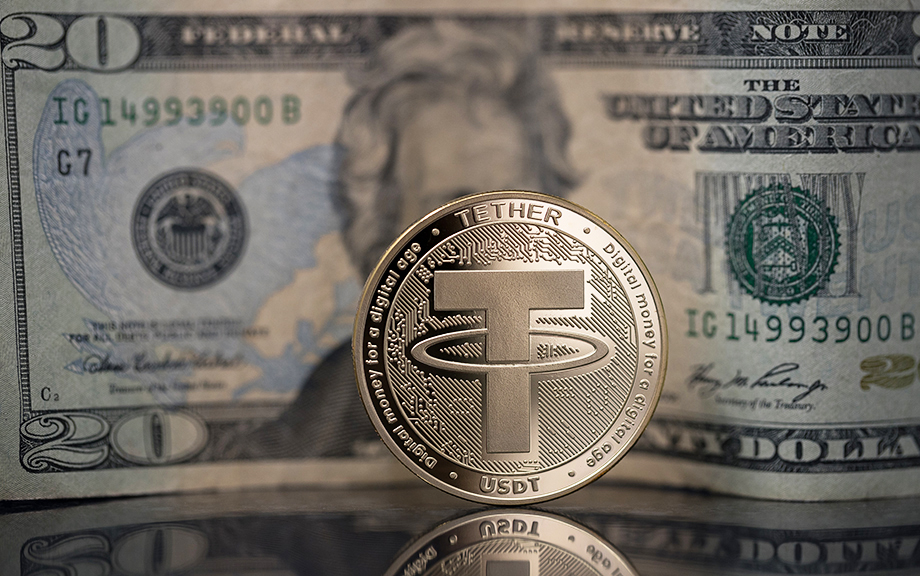
Stablecoins, which we define as digital assets used as a medium of exchange that are purported to be backed by assets held specifically for that purpose, have grown considerably in the last two years. They rose from a market capitalization of $5.7 billion on December 1, 2019, to $155.6 billion on January 21, 2022. Moreover, a market that was once dominated by a single stablecoin—Tether (USDT)—now boasts five stablecoins with valuations over $1 billion (as of January 21, 2022; data about the supply of stablecoins can be found here). Analysts have started to pay increased attention to the stablecoin market, and the President’s Working Group (PWG) on Financial Markets released a report on stablecoins on November 1, 2021. In this post, we explain why we believe stablecoins are unlikely to be the future of payments.
Central Banks and Digital Currencies

Recent developments in payments technology raise important questions about the role of central banks either in providing a digital currency themselves or in supporting the development of digital currencies by private actors, as some authors of this post have discussed in a recent IMF blog post. In this post, we consider two ways a central bank could choose to become involved with digital currencies and discuss some implications of these potential choices.
Hey, Economist! What’s the Case for Central Bank Digital Currencies?
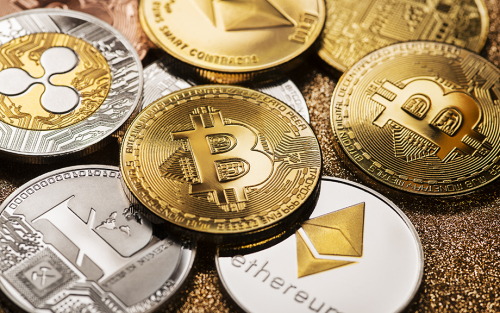
Since the launch of Bitcoin and other first-generation cryptocurrencies, there has been extensive experimentation in the digital currency space. So far, however, digital currencies have yet to gain much ground as a means of payment. Is there a vacuum in the landscape of digital money and payments that central banks are naturally positioned to fill? In this post, Michael Lee and Antoine Martin, economists in the New York Fed’s Money and Payment Studies function, answer some questions regarding the concept of central bank digital currencies (CBDCs).
Monetizing Privacy with Central Bank Digital Currencies
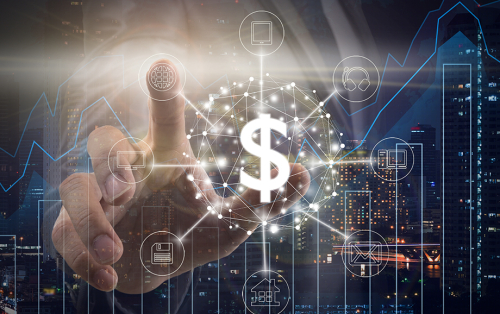
In prior research, we documented evidence suggesting that digital payment adoptions have accelerated as a result of the pandemic. While digitalization of payment activity improves data utilization by firms, it can also infringe upon consumers’ right to privacy. Drawing from a recent paper, this blog post explains how payment data acquired by firms impacts market structure and consumer welfare. Then, we discuss the implications of introducing a central bank digital currency (CBDC) that offers consumers a low-cost, privacy-preserving electronic means of payment—essentially, digital cash.
COVID‑19 and the Search for Digital Alternatives to Cash
Token‑ or Account‑Based? A Digital Currency Can Be Both
Insider Networks

Erol and Lee consider the cat-and-mouse game played between financial regulators and those attempting to trade on inside information, including how insiders might form networks in order to circumvent restrictions, and how regulators might cope with insiders’ tactics.










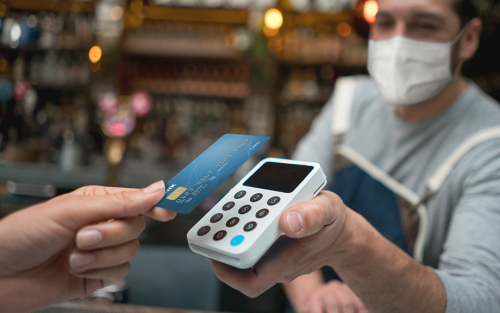
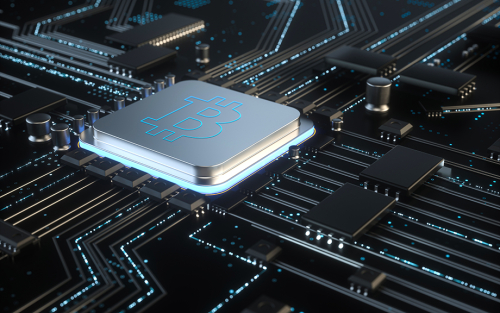
 RSS Feed
RSS Feed Follow Liberty Street Economics
Follow Liberty Street Economics